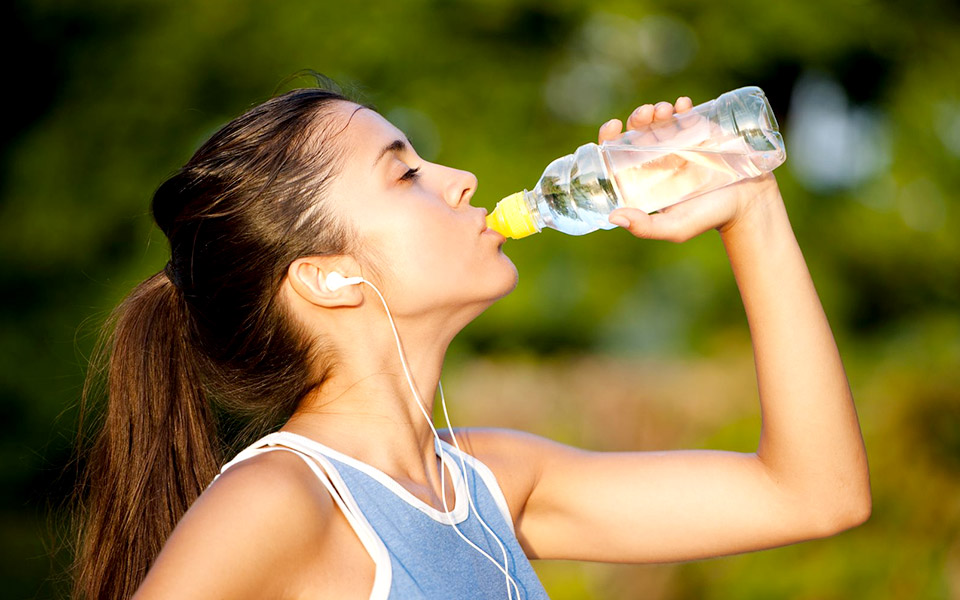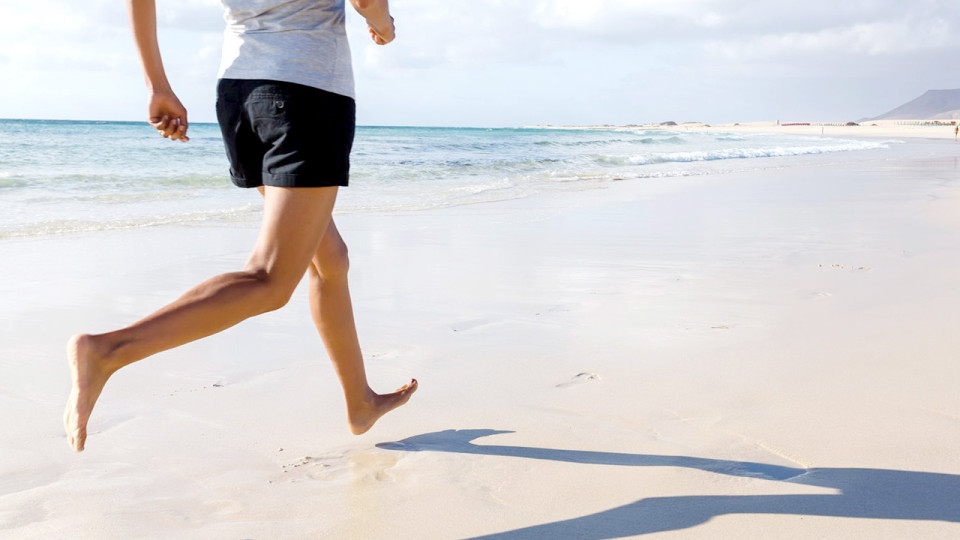Running is both an exciting sport and a fantastic way to stay in shape. But if you do a search on the Internet, you’ll find many differing opinions when it comes to running-related techniques and gear, some more factual than others.
This can be really daunting if you are looking to start running. Should you run barefoot? Do you really need to change shoes every 6 months?
In this article, we will do our best to answer some of these potentially confusing questions that surround the sport of running.
1. Will Barefoot Running Help Reduce Injuries?
This is a question that is commonly raised. While not entirely without foundation, running barefoot can potentially be dangerous for most people without knowing the full picture.
The idea of barefoot running recently gained popularity due to a book called “Born to Run”, by Christopher McDougall, which highlights the amazing Tarahumara Indians of Mexico who indeed run long distances (sometimes for days) barefoot.
However, it’s very different for modern people who have been wearing shoes all of their lives to suddenly start running barefoot. For the average runner, running barefoot for extended periods can often lead to serious injuries.
Not only do traditional tribes like the Tarahumara have the advantage of running barefoot from an early age, they usually run in natural, wide-open tracts of land. If you run outdoors in an urban setting, you may encounter hazardous debris such as broken glass.
Modern research does not dictate that barefoot running, also known as minimalist running, should be strictly avoided. However, if you want to try it, it’s important to get your feet accustomed to it gradually. Otherwise, barefoot running is likely to do more harm than good.
2. Is Running the Only Exercise You Need?
As beneficial as running is, you should not buy into the myth that running the only form of exercise that you need. In fact, if you only run and don’t do any complementary training, you are making yourself vulnerable to certain types of injuries.
Not that long ago, there was a great divide between people who focused on cardio intensive exercise such as running, and those who were involved in weightlifting and other types of strength training. Now, however, we know that cross training exercises such as lifting weights actually supports strong bones as well as muscle mass. These are extremely important for people who do a lot of running.

3. Is Running Bad on Your Knees?
The truth is athletes of all kinds of sports (including running) do indeed suffer occasional injuries that affect their joints.
Similar to how a tennis player may develop tennis elbow, runners may experience knee pain. This could be due to a poorly planned training program, or unfortunate accidents that might occur.
However, this does not mean that running is bad for the long-term health of your joints. It turns out that just the opposite is true. Research shows that running actually reduces your chances of developing osteoarthritis and hip replacement risk.
4. My Shoes Still Look Durable. Should I Continue Running with Them?
The notion that running shoes should be replaced at least every 6 months is a figure often repeated. However, this is not something you should take literally. What really matters is the condition of your running shoes. A good general rule is to replace your running shoes every 600-800 kilometres, but this depends on the type of terrain you cover.
Your running shoes will obviously last a lot longer if you run on a pristine treadmill at the gym than if you’re running up trails in the mountains. In short, the only way to tell if you need new running shoes is to examine them thoroughly. A good clue to worn-out shoes is that the midsoles show compression wrinkles. Another sign is that your feet suddenly feel more sore than usual after you run.
5. Should I Consume Sports Drinks after a Run?
Sports or energy drinks can be useful if you’re running for extended durations of over an hour. In this case, sports drinks can help you replace electrolytes and calories that you have burned up while running.
However, for shorter runs you are better off with plain water. Water is also the best choice if you are counting your calories, as many sports drinks contain carbohydrates. These carbohydrates are necessary to keep you energised for long and strenuous runs, but not for running a few kilometers or less.
6. Do I Need to Carb Load Before a Run?
The rule for carbohydrate loading is similar to that of sports drinks: they can be useful if the duration of your runs last for extended periods of time. The difference is that eating a large portion of pasta or other carbs should only be done for extremely strenuous sporting events, such as a marathon.
Even then, you don’t want to do it immediately before the event, but in the days leading up to it. In fact, you should eat normal portions the day before a race, or it could slow you down or even upset your stomach. For daily training purposes, there is no need to carb load at all, though you should always include some unprocessed carbs (such as brown rice and wholegrain bread) in your daily diet.
7. Do I Need to Avoid Caffeine Before Running?
Recent research has shown that caffeine can boost performance with many types of exercise, including running. The old belief that athletes should avoid caffeine due to its dehydrating effect turns out to be a myth.
In one study of 50 men, for example, it was found that drinking coffee is not significantly different from drinking water when it comes to hydration. This doesn’t mean, of course, that you should overdo it with caffeine, as it can cause other side effects such as nervousness, or insomnia. A cup before running or any other exercise, however, may be beneficial.
8. How Much Water should I Drink when I Run?
Trainers and health experts everywhere emphasise the importance of hydration while running. The problem is, some people take it too far and believe that you can’t drink too much water. The fact is, drinking too many fluids can cause problems such as reducing the level of sodium in your body to an unhealthy degree.
There is even a name for this condition called hyponatremia, which can lead to nausea, vomiting, or even seizures and coma. Most people don’t have to worry about this if they simply replenish fluids in a normal manner. The point is that you shouldn’t force yourself to gulp down water or sports drinks beyond your comfort level.
The easiest way to determine your hydration level is the pee test. If your urine is dark yellow, you should drink immediately, as you’re on the verge of dehydration. If the colour of your urine is light yellow, you are properly hydrated.

Running: The World’s Most Accessible Sport
With minimal equipment required, running is perhaps the world’s most accessible sport. In 2012, there were about 403,126 runners taking part in all sorts of running distances in Singapore alone, and that excludes non-finishers, runners from other mixed events, as well as runners who didn’t sign up for races.
Hopefully we’ve covered most of the common questions that new runners may have. If you have a question related to running, post it in the RunSociety Forums and we’ll try to answer it!




